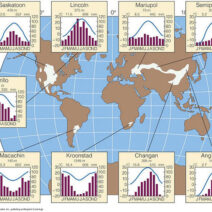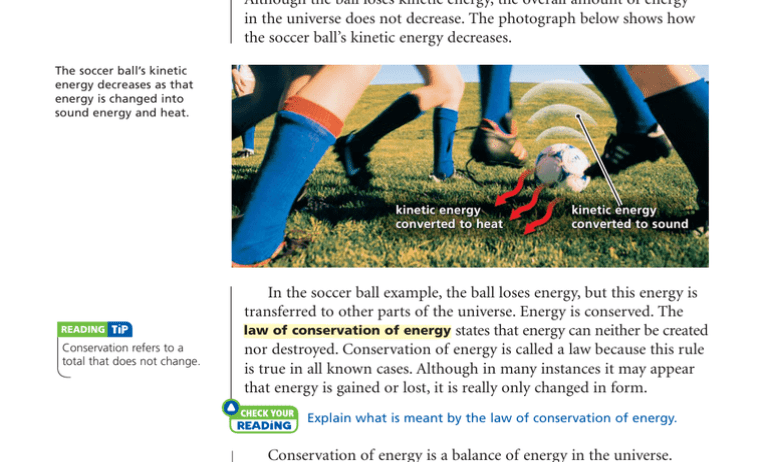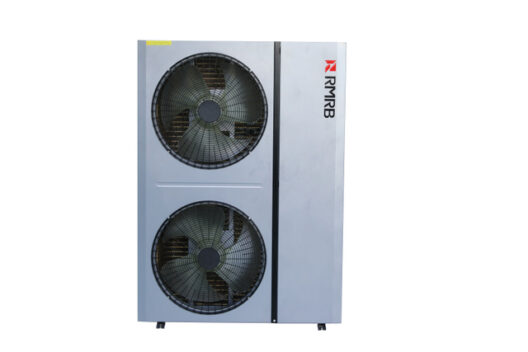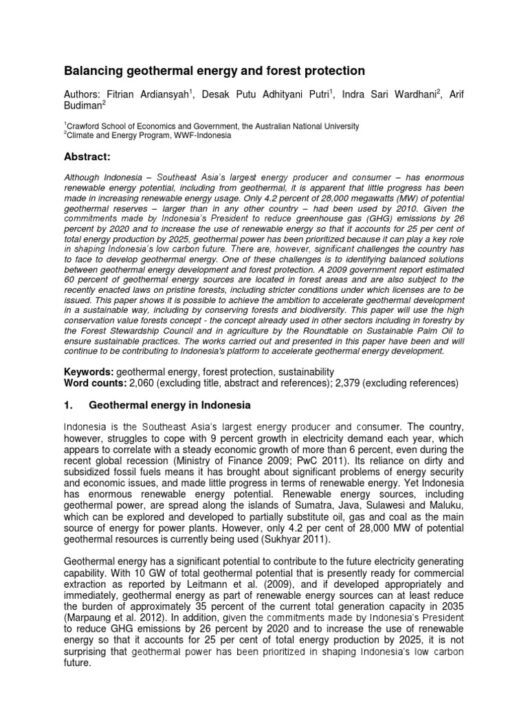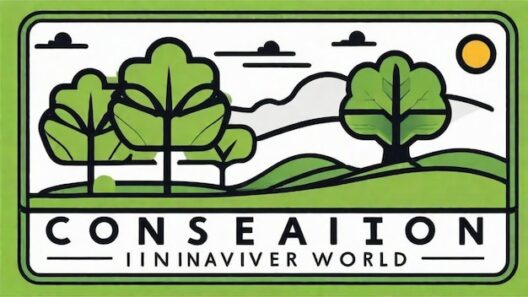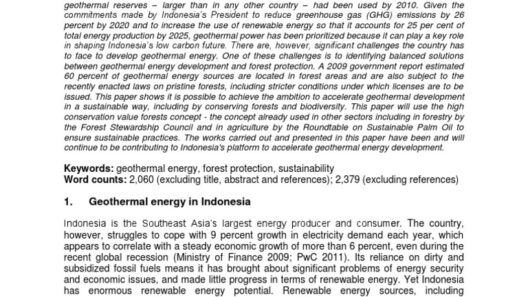Energy is an omnipresent element in our daily existence, influencing everything from simple tasks like cooking and lighting to complex industrial processes. Understanding how energy is conserved and transferred in our daily lives is crucial for promoting sustainability and addressing climate change. This exploration will cover various aspects of energy conservation and transfer, providing practical insights and methods that individuals can implement to optimize their energy usage.
1. The Concept of Energy Conservation
Energy conservation refers to the practice of reducing energy consumption through using energy more efficiently or reducing unnecessary usage. The law of conservation of energy dictates that energy cannot be created or destroyed; it can only change forms. In our everyday lives, this principle manifests through various practices and technologies designed to minimize energy waste.
2. Everyday Practices for Energy Conservation
Simple actions can lead to significant energy savings. Here are some practical strategies:
- Turning Off Appliances: One of the simplest ways to conserve energy is to switch off electronic devices when they are not in use. This includes computers, televisions, and kitchen appliances, which often consume energy in standby mode.
- Utilizing Natural Light: By maximizing the use of daylight, individuals can reduce reliance on artificial lighting. Strategic positioning of mirrors and windows can enhance illumination during the day.
- Temperature Regulation: Adjusting thermostats in residential and commercial spaces can contribute to energy savings. In winter months, lowering the heating a few degrees can have a substantial impact on energy usage.
3. Energy Transfer Mechanisms
Energy transfer occurs when energy moves from one location to another or changes form. This can happen through conduction, convection, and radiation:
- Conduction: This is the process where energy is transferred through direct contact. For instance, when cooking on a stovetop, heat travels from the flame through the pan to the food.
- Convection: In fluids, energy is transferred via the movement of the fluid itself. An example is how warm air rises and cool air sinks, which is utilized in heating systems and natural ventilation.
- Radiation: Energy transfer also occurs through radiation, where heat is transferred via electromagnetic waves. The warmth received from sunlight is a prime example of radiative energy transfer.
4. Energy Conversion in Daily Appliances
Many household and industrial appliances encapsulate the principle of energy conversion:
- Electric Motors: These devices convert electrical energy into mechanical energy. They are ubiquitous in appliances, vehicles, and manufacturing units, demonstrating efficiency in energy use.
- Heat Pumps: These systems transfer thermal energy from one location to another, facilitating both heating and cooling systems in buildings. They exemplify energy transfer and conservation through their ability to move heat rather than generate it.
- Solar Panels: Photovoltaic cells convert solar energy directly into electricity, presenting a sustainable method of energy generation. This process contributes to energy conservation by utilizing a renewable resource.
5. The Role of Insulation and Building Design
One of the most effective ways to conserve energy in residential and commercial buildings is through insulation. Proper insulation minimizes heat transfer, leading to reduced energy consumption for heating and cooling:
- Wall Insulation: Materials such as fiberglass, foam, or reflective barriers can significantly reduce the amount of thermal energy lost or gained through walls.
- Roof and Attic Insulation: A well-insulated roof prevents heat loss, enhancing the energy efficiency of a building. It reduces the demand on heating systems during winter months.
- Energy-Efficient Windows: Installing double-glazed or low-emissivity windows can minimize thermal transfer, helping to keep indoor environments comfortable with less energy expenditure.
6. Transportation and Energy Conservation
Transportation accounts for a significant portion of energy consumption globally. Implementing energy-efficient practices can lead to substantial reductions in fossil fuel use:
- Public Transportation: Utilizing buses, trains, and subways can alleviate the number of vehicles on the road, thereby conserving energy and reducing greenhouse gas emissions.
- Carpooling: Sharing rides not only decreases the number of vehicles but also optimizes fuel usage, reflecting a community-driven approach to energy conservation.
- Electric Vehicles (EVs): Transitioning to EVs presents an environmentally friendly alternative to traditional gasoline-powered cars, leveraging electrical energy stored in batteries.
7. Energy Management Systems
For organizations seeking to optimize energy use, implementing energy management systems (EMS) is critical. These systems monitor and control energy consumption, often leading to enhanced efficiency and reduced costs. Key features include:
- Real-Time Monitoring: EMS tracks energy usage patterns and identifies areas for improvement, enabling timely adjustments.
- Automated Controls: Systems that automatically regulate heating, cooling, and lighting based on occupancy can significantly minimize waste.
Conclusion
Incorporating energy conservation and understanding energy transfer mechanisms into our daily lives is pivotal in mitigating climate change impacts. By adopting practical strategies, utilizing technological advancements, and fostering community efforts, individuals and organizations can contribute to a sustainable future. Awareness and education about energy practices will enable society to embrace efficiency, thereby ensuring a resilient environment for generations to come.


